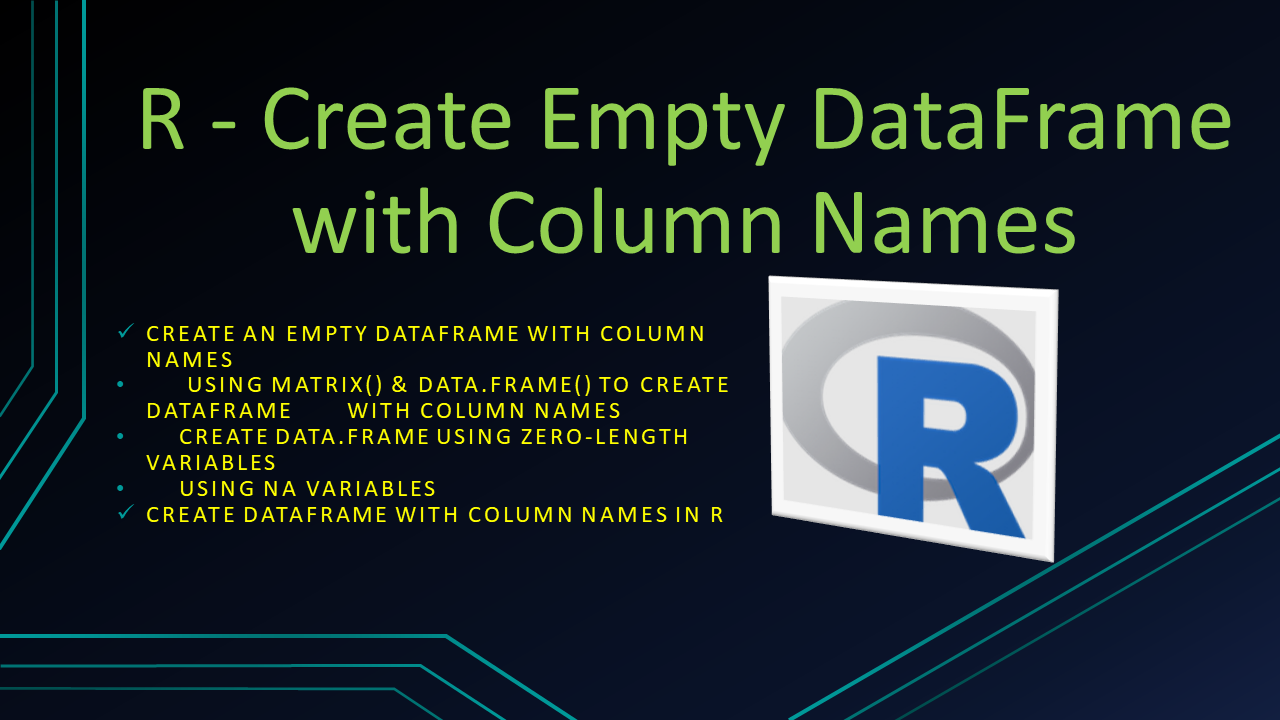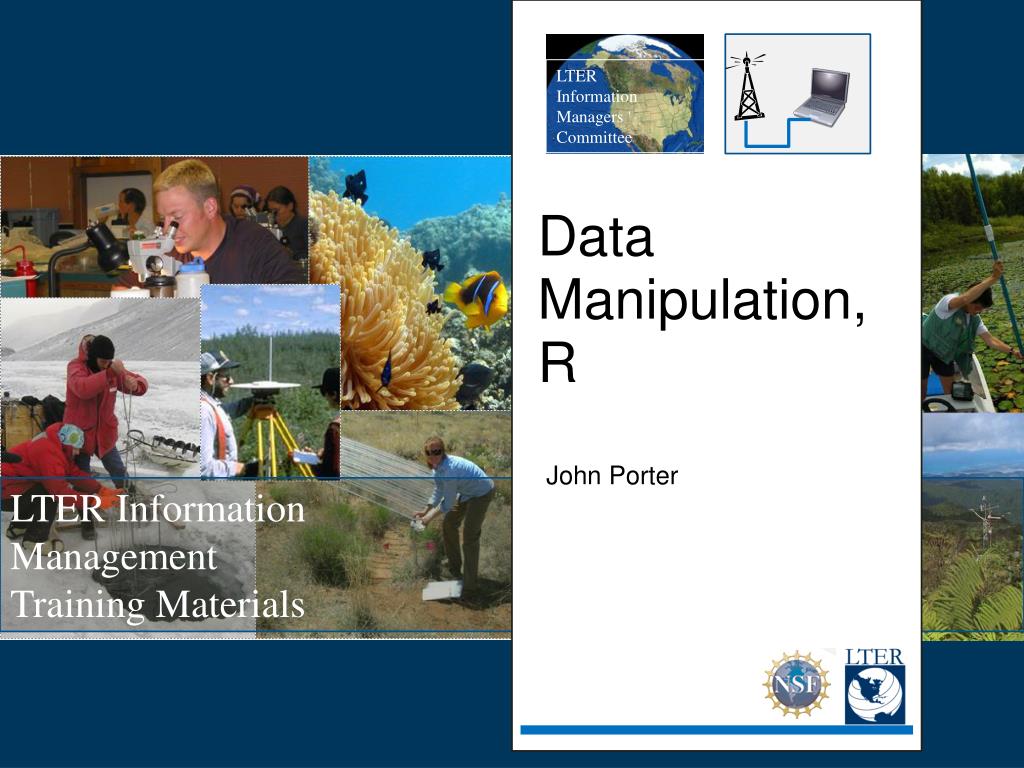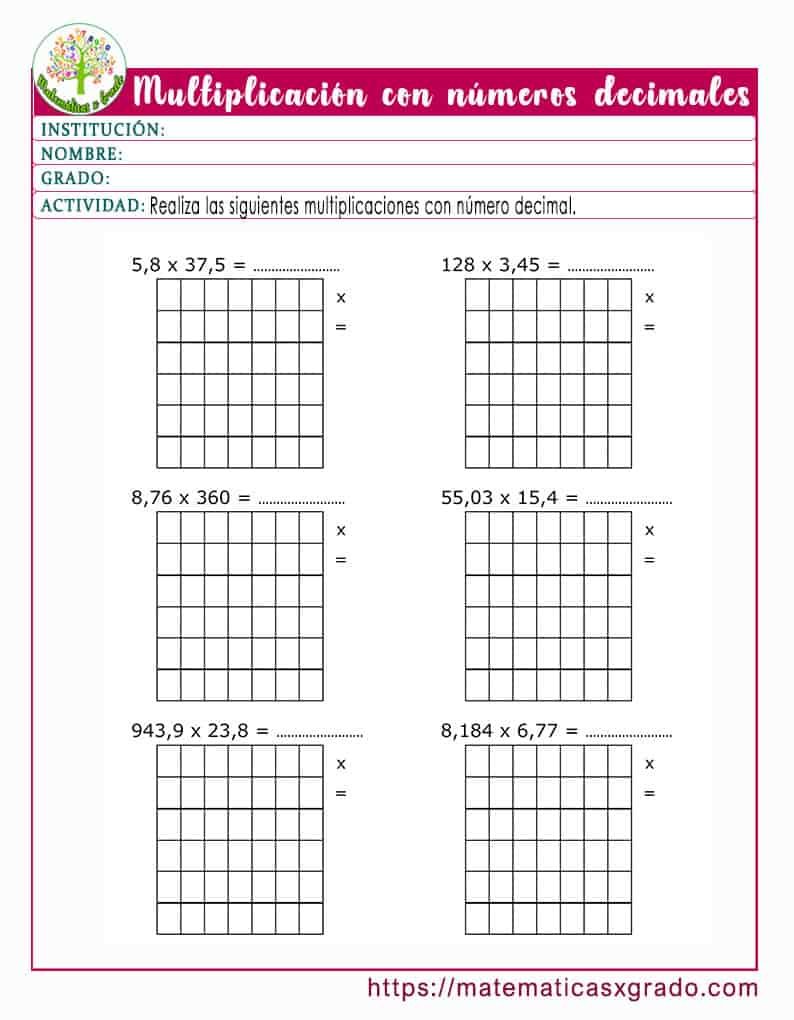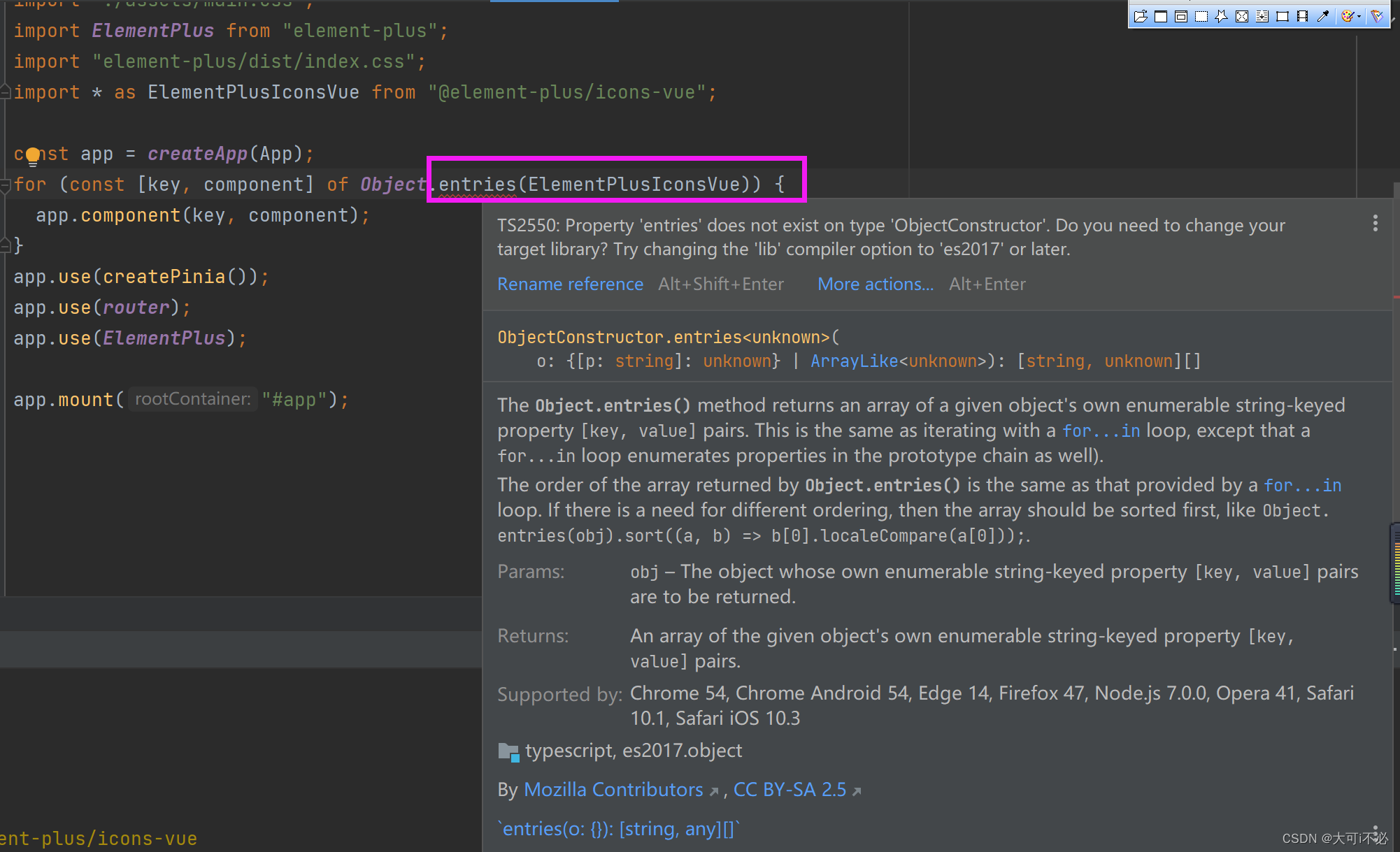The Ultimate Guide: Creating Dataframes

In the realm of data analysis and manipulation, one of the most powerful tools at a data scientist's disposal is the dataframe. A dataframe is a fundamental data structure that forms the backbone of many data-centric tasks, from initial data exploration to complex model building. This comprehensive guide aims to delve into the intricacies of creating dataframes, exploring various methods, best practices, and real-world examples to equip you with the skills to efficiently handle data.
Understanding the Dataframe Structure

A dataframe, at its core, is a two-dimensional labeled data structure with columns of potentially different types. This structure allows for efficient storage and manipulation of diverse datasets, making it an indispensable tool for data professionals. The key features of a dataframe include:
- Rows: Represent individual entries or records in the dataset.
- Columns: Store data of a particular type, such as numerical, categorical, or textual data.
- Indexing: Each row and column is labeled, allowing for easy data retrieval and manipulation.
- Data Types: Columns can have different data types, enabling the storage of heterogeneous data.
Advantages of Dataframes
The dataframe structure offers numerous advantages over other data storage formats. These include:
- Efficient Data Handling: Dataframes are optimized for fast data access and manipulation, making them ideal for large datasets.
- Flexibility: With the ability to handle various data types, dataframes can accommodate diverse datasets.
- Indexing: The labeling system allows for easy data retrieval, making it simple to work with specific rows or columns.
- Data Visualization: Dataframes are a common input for data visualization tools, enabling the creation of insightful charts and graphs.
Methods to Create Dataframes

There are multiple ways to create dataframes, each suited to different scenarios. Let’s explore some of the most common methods:
Method 1: Using Lists
One of the simplest ways to create a dataframe is by using lists. Each list represents a column, and the length of the lists determines the number of rows. For example:
| Column 1 | Column 2 |
|---|---|
| Value 1 | Value 2 |
| Value 3 | Value 4 |

Can be created using the following code:
```python
import pandas as pd
data = { “Column 1”: [Value 1, Value 3], “Column 2”: [Value 2, Value 4] }
df = pd.DataFrame(data)
```
Method 2: Reading from Files
When working with existing datasets, it’s common to read data from files. The pandas library provides functions to read various file formats, such as CSV, Excel, and JSON.
For example, to read a CSV file:
```python
import pandas as pd
df = pd.read_csv(“data.csv”)
```
Method 3: Creating from Scratch
In certain cases, you might need to create a dataframe from raw data. This can be done by manually specifying the rows and columns. Here’s an example:
```python
import pandas as pd
data = [ [“Row 1 Col 1”, “Row 1 Col 2”], [“Row 2 Col 1”, “Row 2 Col 2”], [“Row 3 Col 1”, “Row 3 Col 2”] ]
df = pd.DataFrame(data, columns=[“Column 1”, “Column 2”])
```
Method 4: From Other Data Structures
Dataframes can also be created from other data structures, such as dictionaries, NumPy arrays, or even other dataframes. Here’s an example using a dictionary:
```python
import pandas as pd
data = { “Column 1”: [Value 1, Value 3], “Column 2”: [Value 2, Value 4] }
df = pd.DataFrame.from_dict(data)
```
Best Practices for Creating Dataframes
When creating dataframes, there are a few best practices to keep in mind to ensure your data is organized efficiently and ready for analysis.
1. Consistent Data Types
Ensure that the data types within each column are consistent. This makes data manipulation and analysis more straightforward and avoids potential errors.
2. Proper Indexing
Assign meaningful labels to your rows and columns. This aids in data interpretation and makes it easier to reference specific data points.
3. Handle Missing Data
Address missing data by either removing rows or columns with missing values or imputing the missing values using appropriate methods.
4. Data Validation
Implement data validation checks to ensure the integrity of your data. This can involve checking for outliers, invalid values, or duplicate entries.
5. Data Transformation
Consider transforming your data to make it more suitable for analysis. This might include converting categorical data to numerical, normalizing numerical data, or creating new derived columns.
Real-World Dataframe Creation
Let’s look at a practical example of creating a dataframe for a sales dataset. Imagine you have sales data for multiple products across different regions and want to analyze the performance.
Step 1: Gathering Data
First, collect the data from various sources, such as spreadsheets or databases. In this case, let’s assume the data is stored in a CSV file named “sales_data.csv.”
Step 2: Reading the Data
Use the pandas library to read the CSV file and create a dataframe.
```python
import pandas as pd
df = pd.read_csv(“sales_data.csv”)
```
Step 3: Data Exploration
Explore the dataframe to understand its structure and content. This might involve checking the data types, previewing the data, and identifying any potential issues.
```python
df.info() df.head()
```
Step 4: Data Cleaning
Address any issues found during the exploration step. This could involve handling missing data, removing duplicates, or converting data types.
```python
df.drop_duplicates(inplace=True) df.fillna(0, inplace=True)
```
Step 5: Data Transformation
Transform the data to prepare it for analysis. For example, you might want to calculate the total sales per region or create a new column indicating the product category.
```python
df[“Total Sales”] = df[“Quantity”] * df[“Price”] df[“Category”] = df[“Product”].apply(lambda x: “Electronics” if “Electronics” in x else “Clothing”)
```
Performance Analysis and Optimization

Once your dataframe is created, it’s essential to analyze its performance and optimize it for efficient data handling. This includes evaluating memory usage, identifying potential bottlenecks, and implementing strategies to improve performance.
Memory Usage Analysis
Dataframes can consume significant memory, especially with large datasets. Analyze the memory usage of your dataframe to ensure it’s optimized. You can use the memory_usage function in pandas to assess memory consumption.
```python
df.memory_usage(deep=True)
```
Optimizing Dataframe Size
If your dataframe is memory-intensive, consider the following strategies to optimize its size:
- Reduce Column Width: Use data types with smaller memory footprints where possible.
- Handle Missing Data: Remove or impute missing values to reduce memory usage.
- Compress Data: Utilize compression techniques to reduce the size of your dataframe.
Performance Bottlenecks
Identify potential performance bottlenecks in your dataframe operations. Common bottlenecks include:
- Inefficient Indexing: Ensure your indexing is optimized for fast data retrieval.
- Slow Iteration: Avoid slow iterative processes and instead use vectorized operations.
- Large Dataset Operations: Break down large datasets into smaller chunks for more efficient processing.
Future Implications and Advanced Techniques
As you advance in your data science journey, you’ll encounter more complex datasets and analysis requirements. Here are some future implications and advanced techniques to consider:
1. Handling High-Dimensional Data
As datasets grow in size and complexity, you’ll need to handle high-dimensional data. This involves advanced techniques like dimensionality reduction and feature selection to make your data more manageable.
2. Distributed Computing
For extremely large datasets, distributed computing frameworks like Apache Spark can be used to process data in parallel across multiple machines.
3. Advanced Dataframe Operations
Explore advanced dataframe operations, such as merging, joining, and grouping data. These techniques enable powerful data analysis and manipulation.
4. Dataframe Visualization
Utilize data visualization libraries like Matplotlib and Seaborn to create insightful charts and graphs from your dataframes. Visualizations can reveal patterns and trends in your data.
Conclusion
Dataframes are a powerful tool in the data scientist’s toolkit, enabling efficient data handling and analysis. By understanding the various methods to create dataframes, implementing best practices, and exploring advanced techniques, you’ll be well-equipped to tackle complex data challenges. Remember, the key to successful data analysis lies in organizing and preparing your data effectively, and dataframes are a crucial step in that process.
What is the primary advantage of using dataframes over other data structures?
+Dataframes offer efficient data handling, flexibility in accommodating diverse data types, and ease of data retrieval through indexing. These features make dataframes ideal for large-scale data analysis and manipulation.
How can I handle missing data in my dataframe?
+You can handle missing data by either removing rows or columns with missing values or imputing the missing values using appropriate methods. The choice depends on the nature of your data and the analysis you plan to perform.
What are some common performance bottlenecks when working with dataframes?
+Common performance bottlenecks include inefficient indexing, slow iterative processes, and large dataset operations. To optimize performance, ensure your indexing is optimized, use vectorized operations, and consider breaking down large datasets into smaller chunks.


